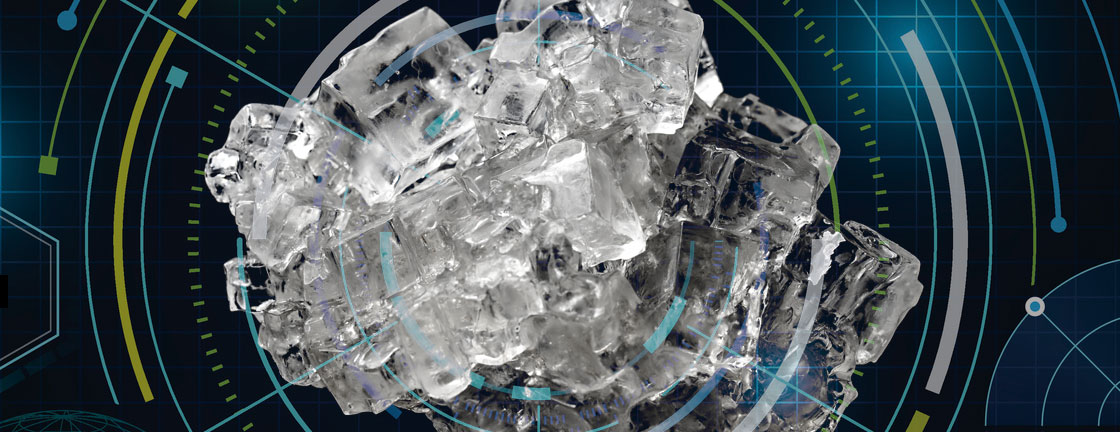
Providing a fundamental understanding of molten salt bulk and interfacial chemistry underpinning molten salt nuclear reactor technology
Research Overview

The center for Molten Salts in Extreme Environments (MSEE) is building a fundamental and predictive understanding of molten salt bulk and interfacial chemistry, including the effects of solutes and impurities on those properties. MSEE brings to bear a wide array of advanced experimental and computational tools and methods that enable unprecedented understanding of fluids and interfaces on the atomic scale. We complement our team’s expertise in high temperature molten salts with new methods and tools that we have successfully applied in the related field of low-temperature molten salts (a.k.a., ionic liquids).
MSEE coordinates the efforts of three national labs (Brookhaven National Laboratory, Oak Ridge National Laboratory and Idaho National Laboratory) having unique expertise and capabilities in experimental and theoretical research on molten salts and ILs, interfacial structure and corrosion, radiation chemistry, and interactions with actinide fuels, with four principal investigators at three universities (University of Iowa, University of Notre Dame, and Stony Brook University) having key expertise in molecular modeling, radiation chemistry, synchrotron imaging methods, and ionic liquid research. Central to the efforts, MSEE benefits from unique capabilities at DOE synchrotron, neutron, nanoscience and nuclear facilities, with the overarching goal to transform our understanding of the fundamental basis of molten salt behavior and interactions using 21st century tools.



